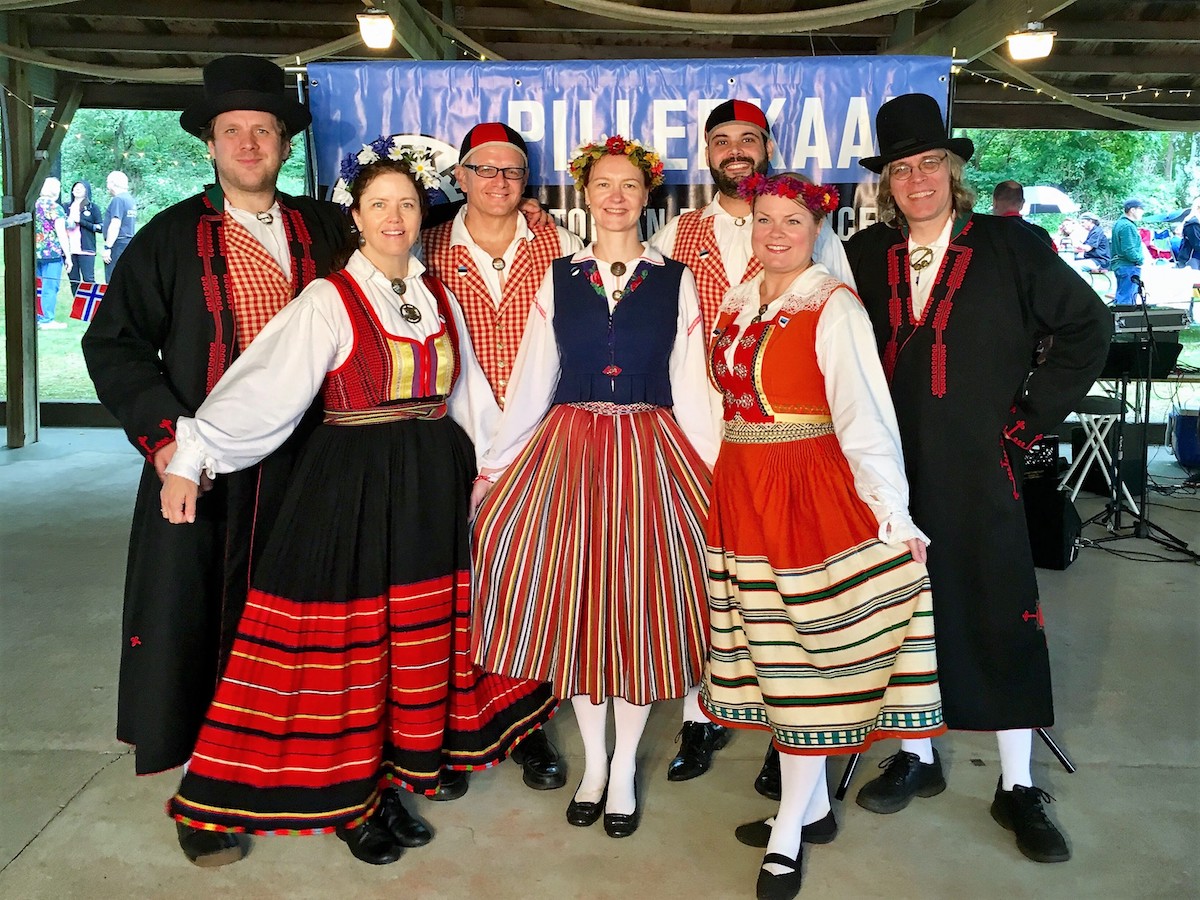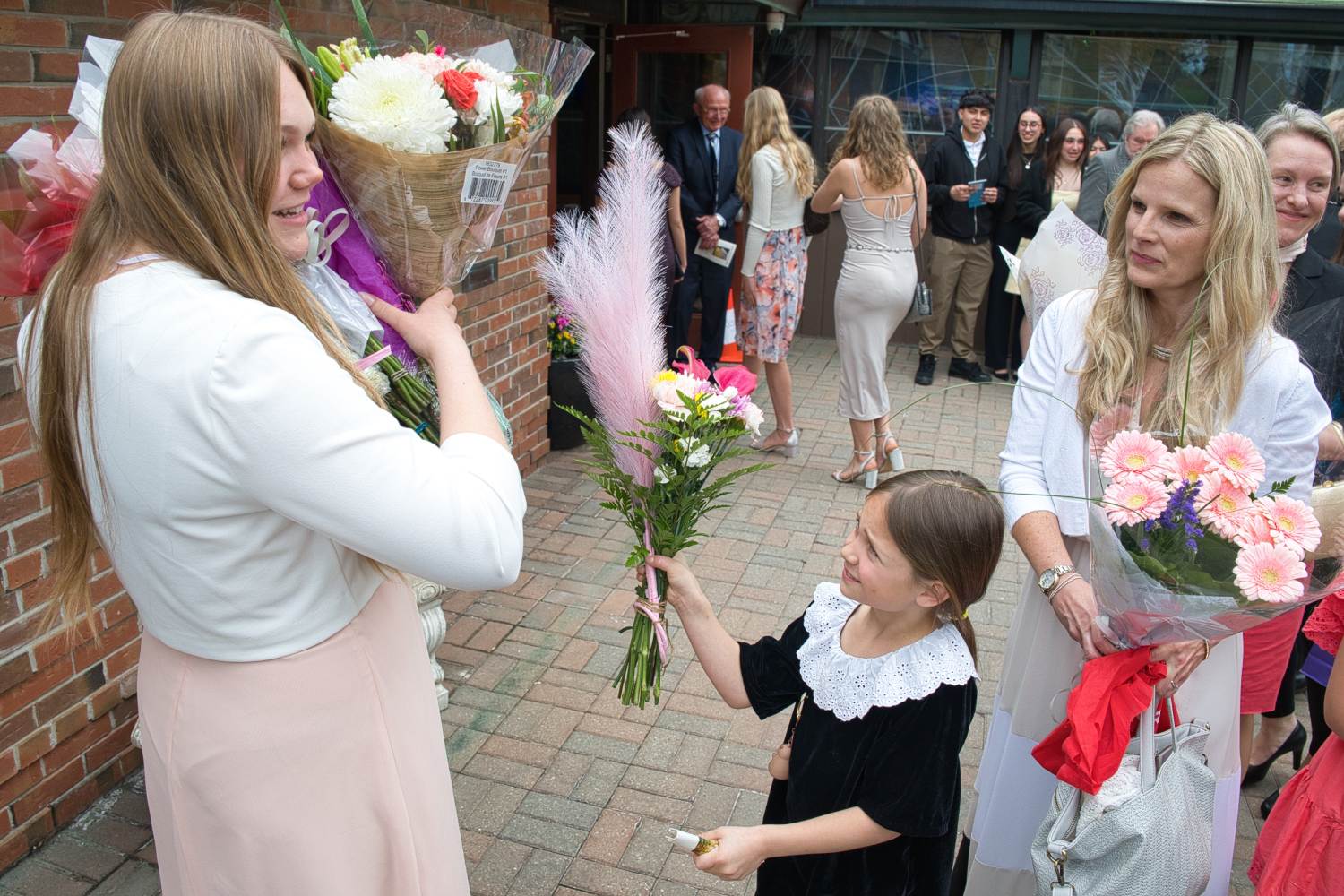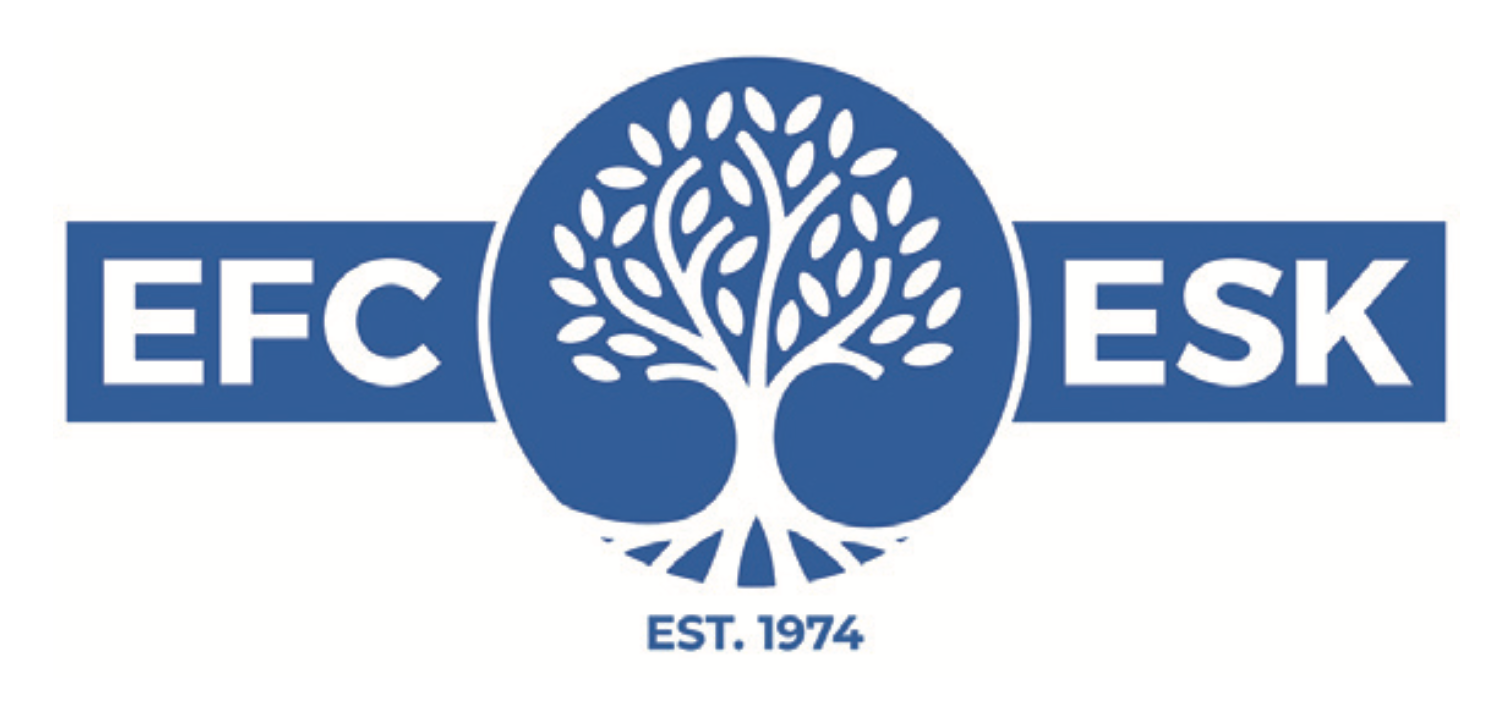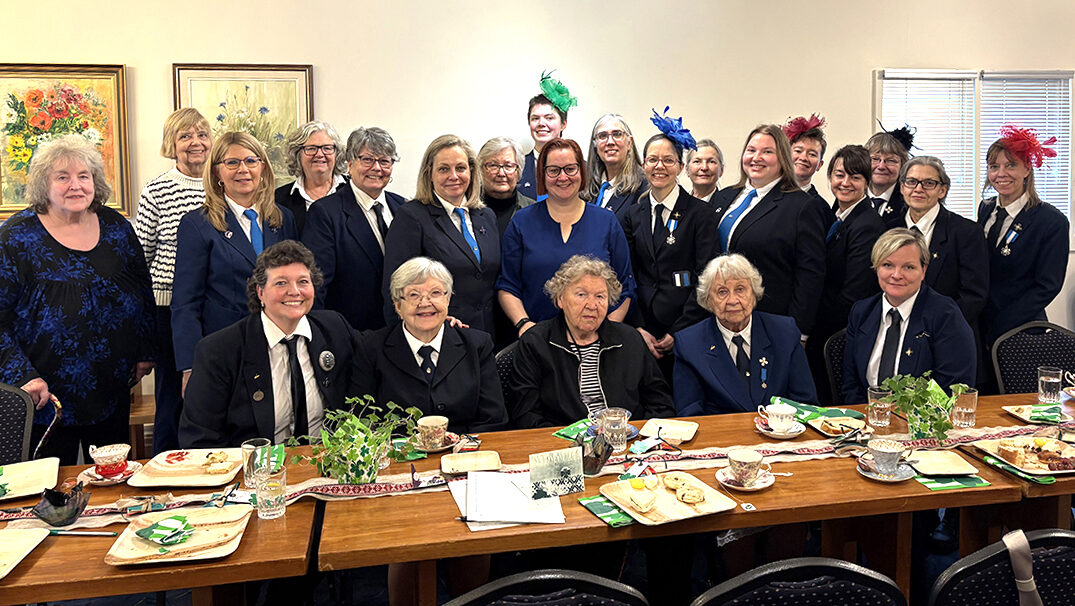We began with Padespaan, a social dance common in the 1900's in Estonia and around Europe, followed by Raksi Jaak (Jack from Raksi) and Kalamies (Fisherman Dance), two traditional dances done at village parties. After describing the importance of Estonian song and dance festivals, we then performed four choreographed dances – the rustic, flirty polka Reilender (Reel Dance); Vanaviisi Valss (An Old Tune Waltz) with its multiple shapes and surprise ending of women jumping into the men's arms; and the flowing sea-inspired waltz Usalda (Trust); noting that composer Arvo Pärt is the world's most-performed living orchestral composer.
Romping-stomping Kungla Polka, choreographed some decades ago in Toronto by Toomas Metsala for his Estonian folk dance group, Kungla, was next. For the first time, we shared with the audience our dream of choreographing our own dance to name after Pillerkaar! (Help us find the right song by posting your suggestions on our Pillerkaar, DC Facebook site of fun polkas or waltzes composed or performed by Estonian-Americans or Estonian songs inspired by American themes!) Traditional circle dance Oige ja Vasemba (Right and Left) preceded riveting wedding dance Tuljak, performed at every dance celebration for 80 years.
After our second performance, Pillerkaar invited audience members to join for Neljapuari (Four Couples Dance) and Kaera-Jaan (“Jump” John). After the performance, Pillerkaar dancers were pleased to again dance to the pan-Scan polkas of Smorgas Bandet, a lively accordion band from Long Island specializing in Scandinavian music.
Deborah Klepp, Pillerkaar




